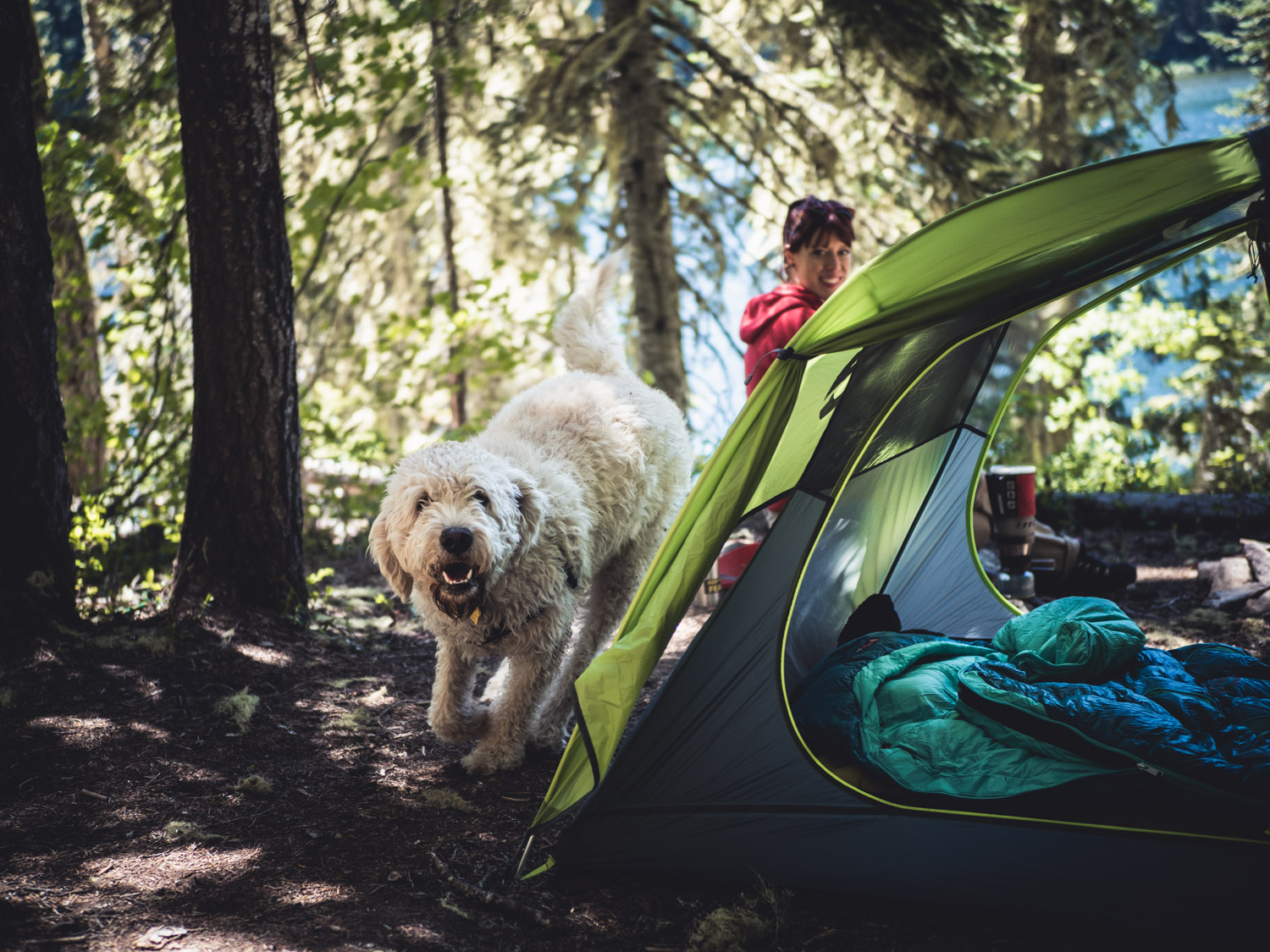Some of the best hiking companions have four legs.
Before your pup sets paw on a trail, ask yourself if they’re really a good candidate for spending a night outside. Are they well-behaved and physically fit enough for the trip? Consider how your dog might affect other campers’ experiences. Read this article on how to get started backpacking with your dog and what gear to bring.
Once you’ve decided that your canine companion is ready, follow these tips to help ensure both you and they enjoy a lifetime of excursions under the stars.
1. Check the area regulations
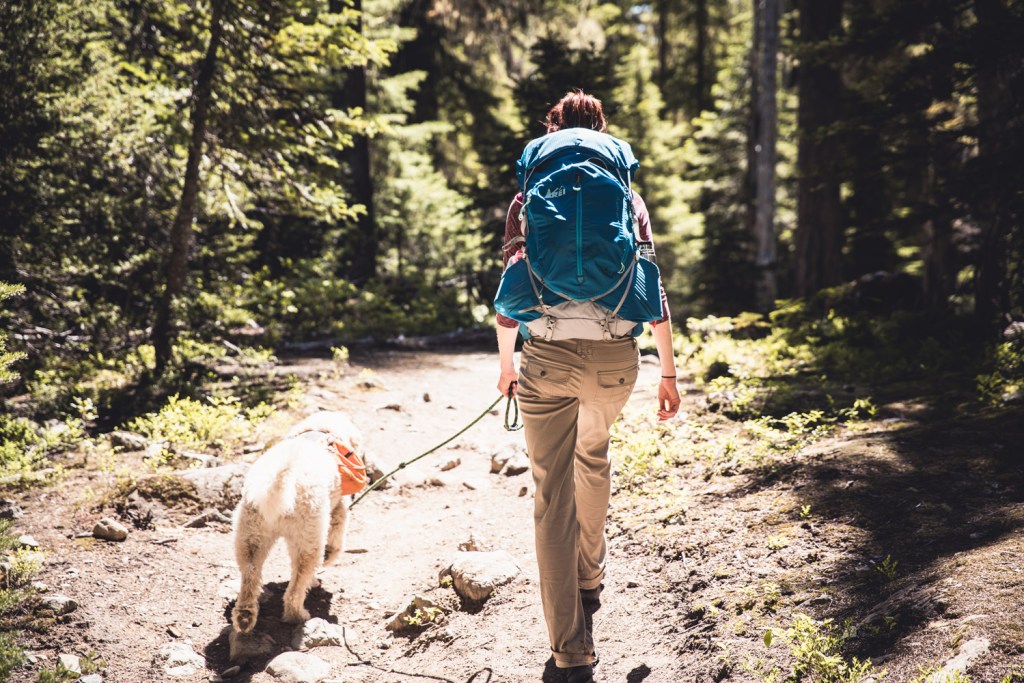
Make sure your pup is allowed to be on the trail. For example, our national parks harbor all kinds of delicate ecosystems, so rules for where your dog can go vary accordingly. Most national parks let your leashed dogs go to specific areas, but trails and wilderness areas are frequently off-limits. A few parks are closed to dogs; others provide access to campgrounds and developed areas. Regulations also vary in state and local parks.
2. Get in some training walks
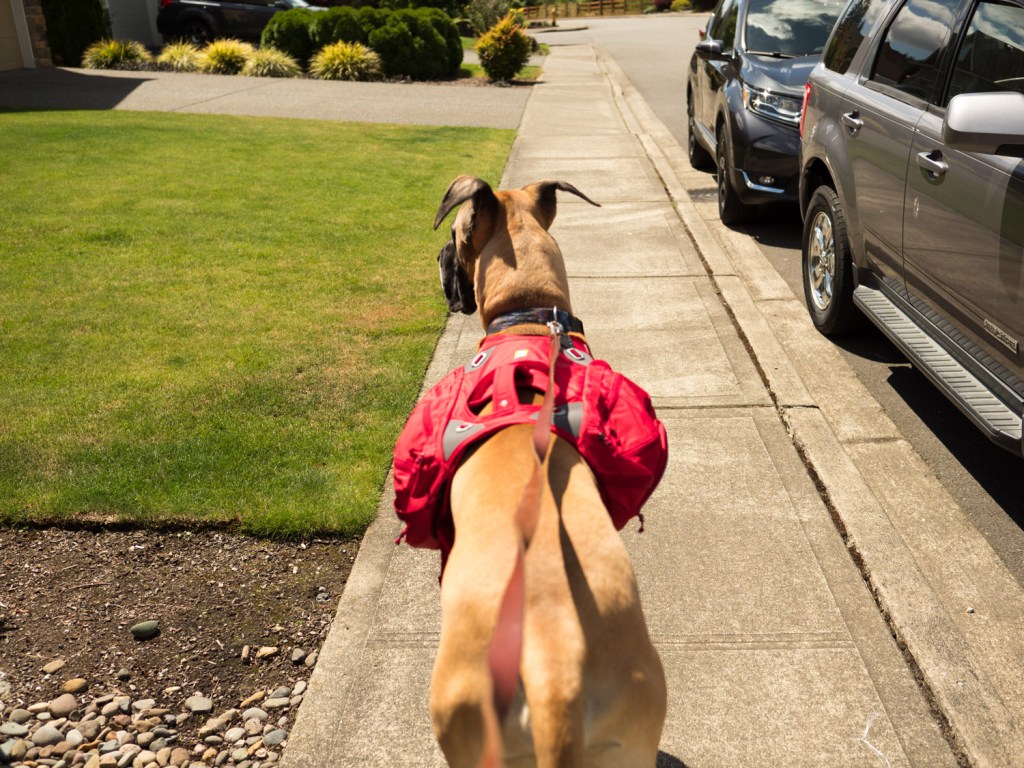
Just because your dog can rip around the house or walk around the neighborhood for an hour doesn’t mean they’re ready for serious mileage. Animals need to work up to distance and elevation just like people do, so take your pet on some training walks and day hikes before trying to tackle anything too strenuous. In addition, dogs may not tell you they’re exhausted until it’s too late, so pay close attention to their breathing and behavior when you’re out, particularly in the heat. Look for excessive panting or drooling, glazed eyes or lethargy.
3. Test their obedience
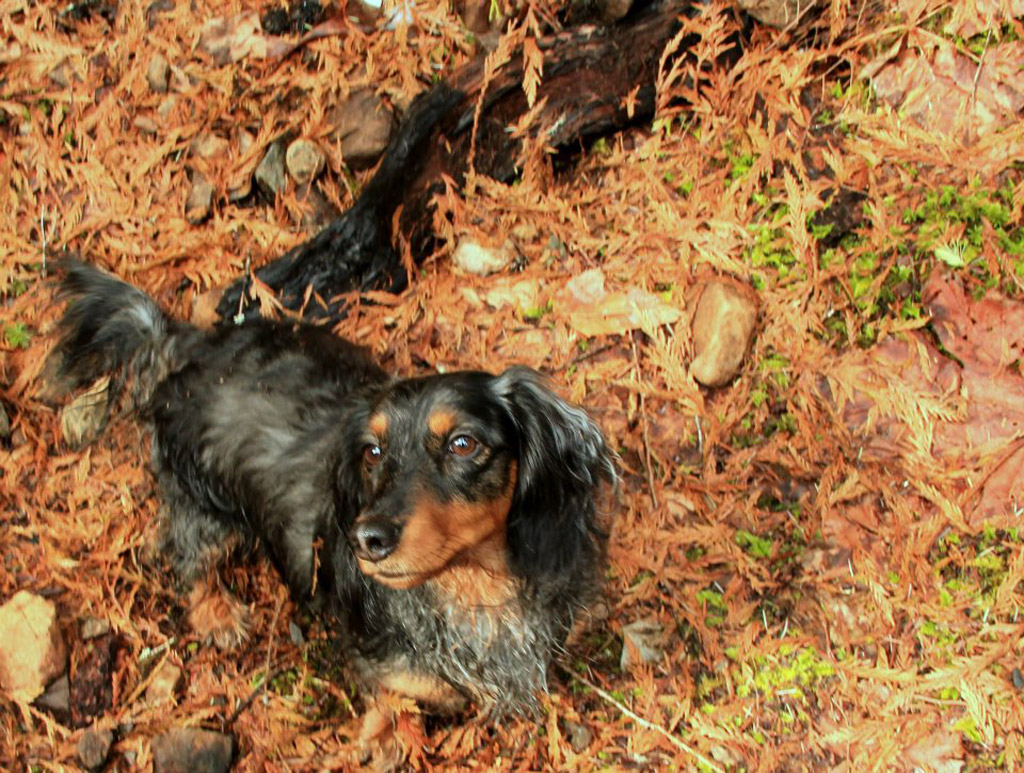
Your pup might have perfect recall in your backyard, but that doesn’t guarantee they’ll listen when a deer dashes by on the trail. Make sure you know how your dog will respond to commands in a variety of environments.
4. Test gear at home
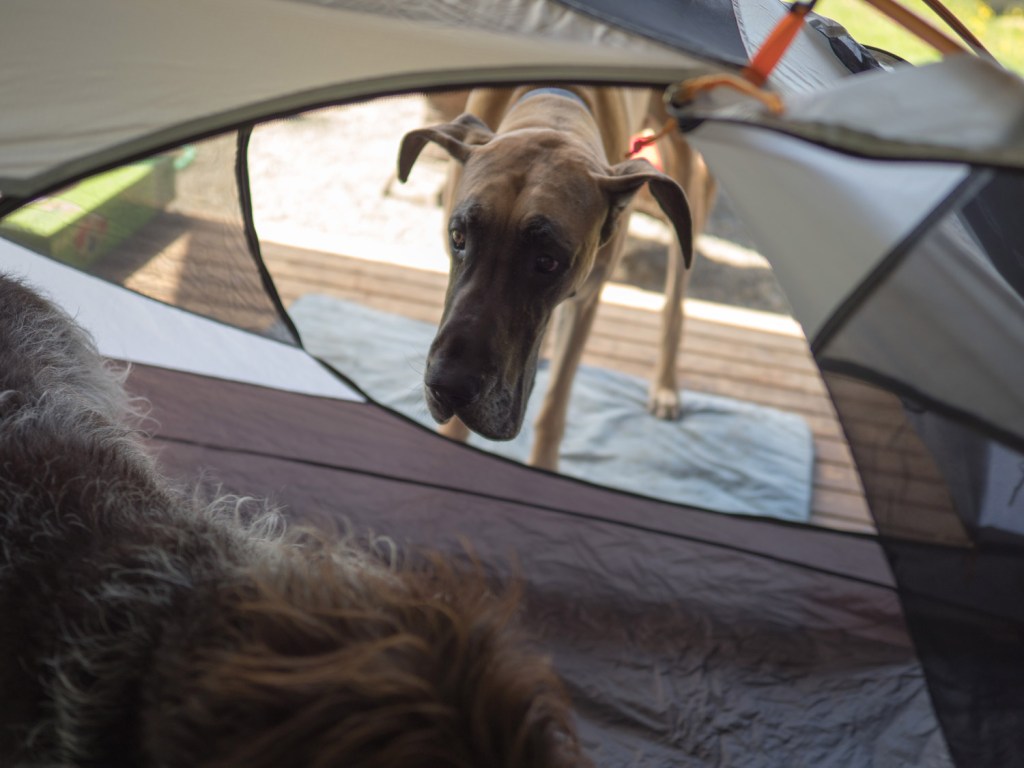
Sleeping in a tent might be old hat for you, but to your dog a tent is a potentially scary, flappy thing that they have no interest in being around. Expose your dog to the gear they’ll be sleeping in, wearing or carrying before you hit the trail. Set up your tent in the yard or living room and let your dog explore the interior at their own pace. Hoping to have your pup wear a pack on the trail? Let Fido wear their pack inside for a few minutes inside and treat them, then progress to wearing the pack on regular walks before setting off on a hike. Dogs should only carry about 10 percent of their body weight, so make sure you’re not overloading the pack.
5. Dog-proof your gear
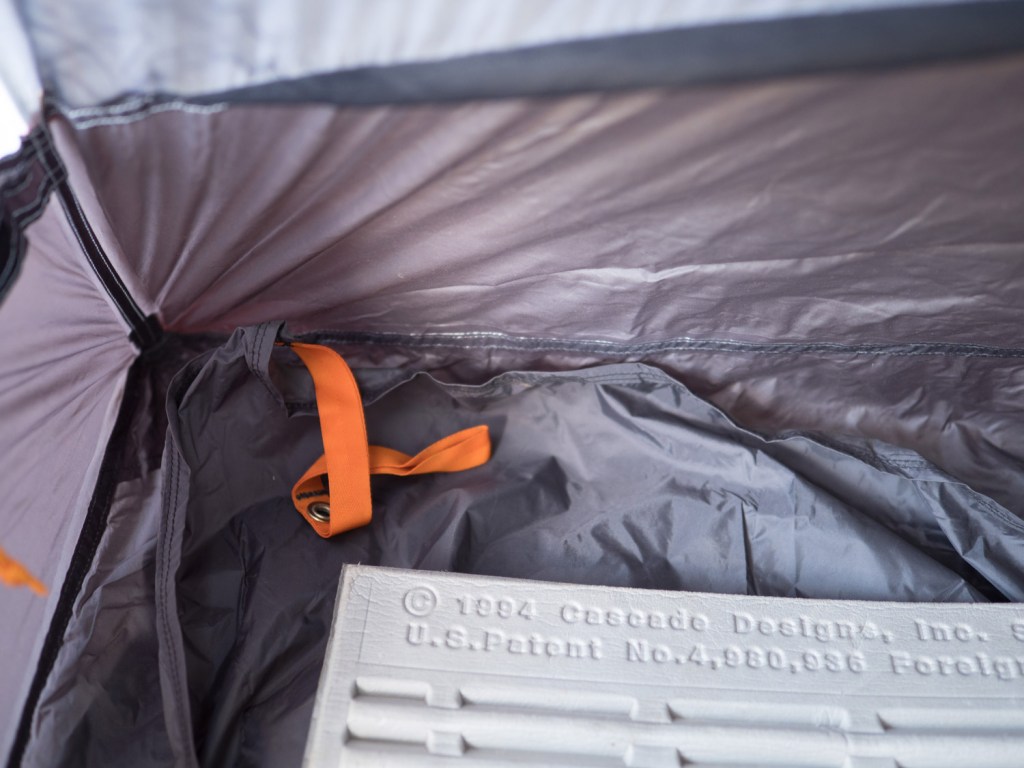
Leave the super-ultralight gear at home—trust us on this one. Your gossamer tent might be great on a solo trip, but Sparky’s foot is going to go right through it. Same for delicate blow-up pads. Protect your tent floor from their claws by bringing two tent footprints. Put one underneath as usual, and put the other one inside your tent. Taking a larger tent than normal is also a good idea, as sleeping dogs seem to take up twice the space they should.
6. Protect their paws
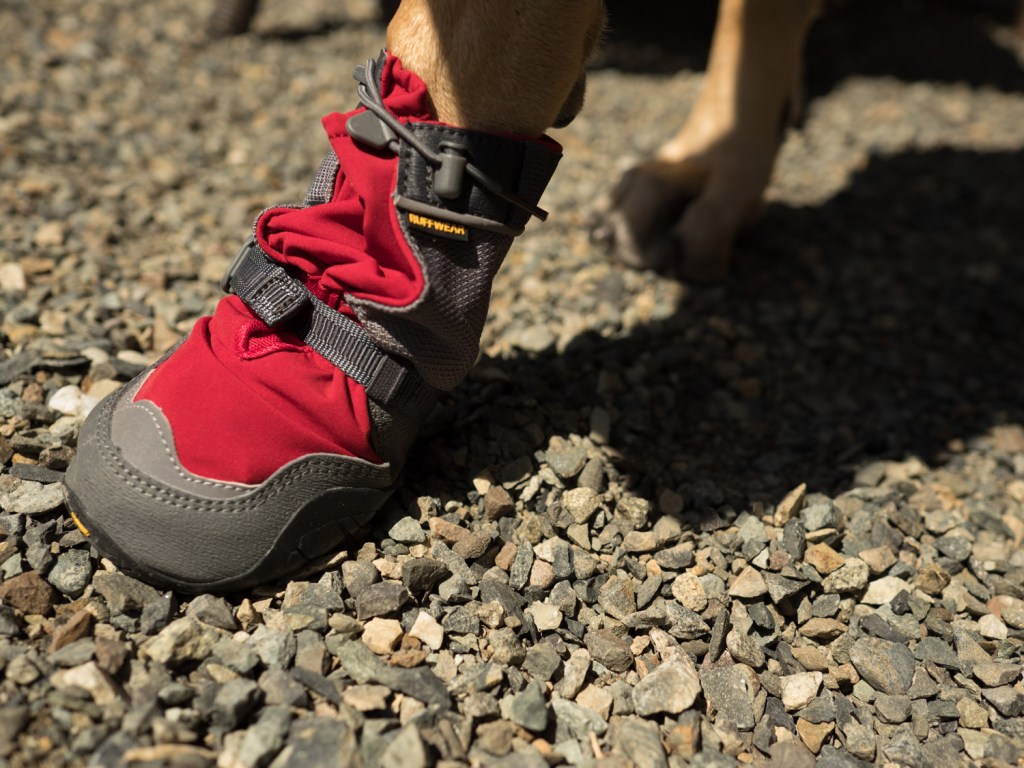
Some trail surfaces, like lava rock or shale, are too rough or get too hot for a dog’s unprotected pads. Dog booties are a challenge for most pups to get used to, so plan for a long adjustment period before heading to terrain where they’re necessary. Patience and treats are key. Musher’s Secret, a protective pad cream, can also help.
7. Bring extra treats for passersby
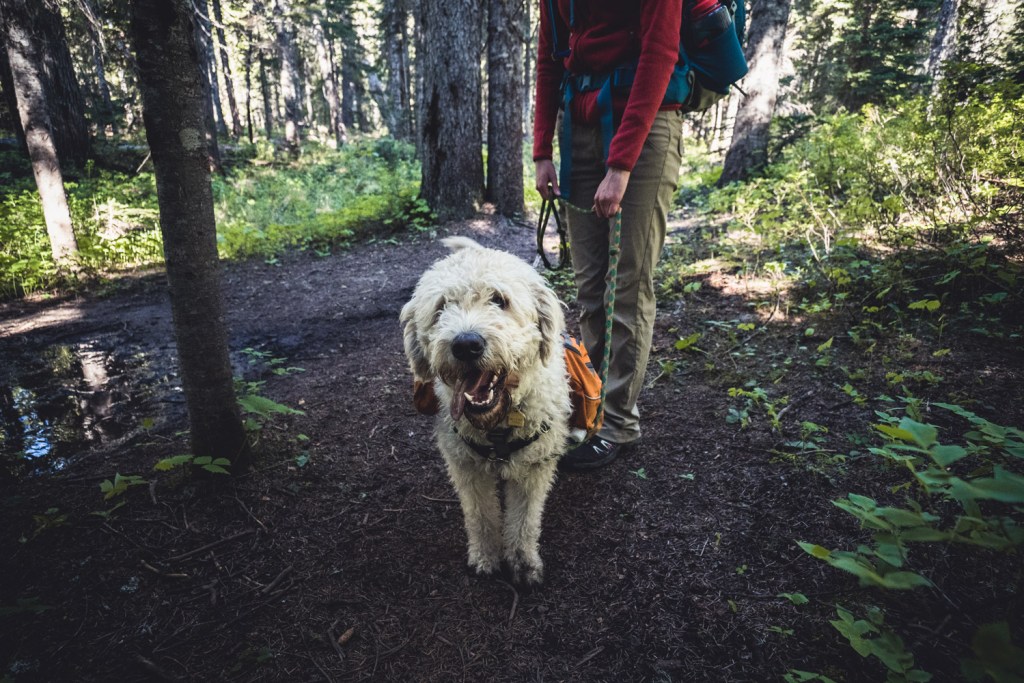
If your dog is uncertain about your fellow hikers, particularly when they’re wearing big packs on their backs, bring extra-tasty treats. If people are willing, have them give a treat to your pup to show them that there’s nothing to fear.
8. Managing waste
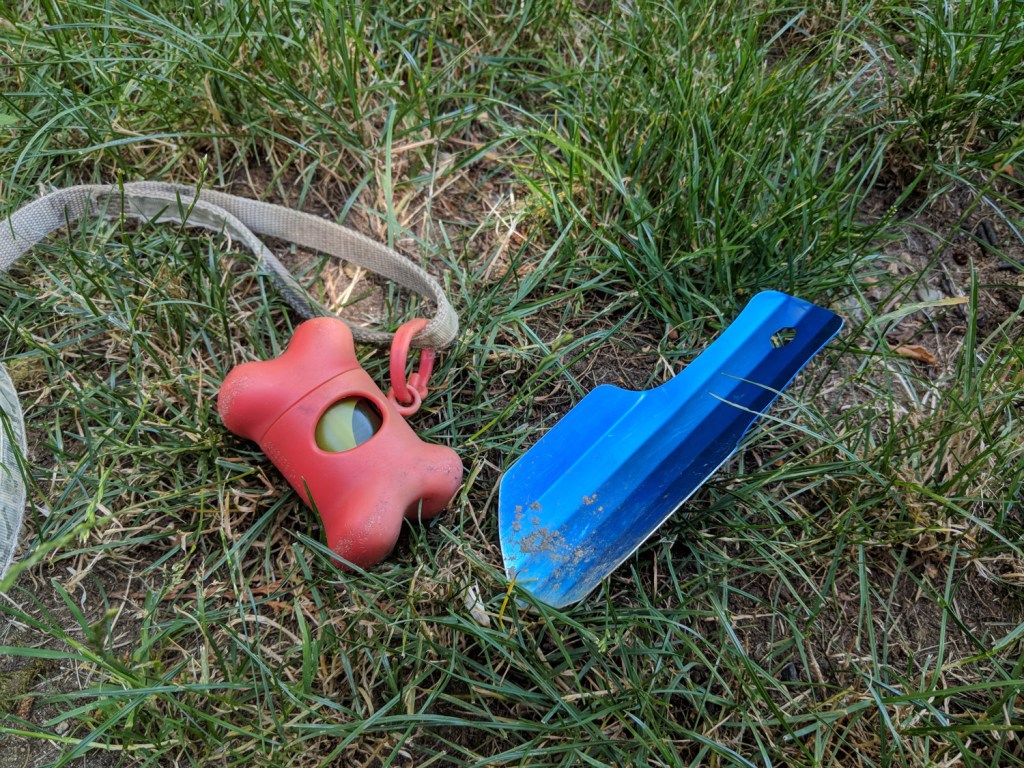
Per Leave No Trace principles, dog waste should either be packed out in poop bags or buried in cat holes (oh, the irony) just like human waste. Don’t leave poop bags along the trail planning to pick them up later. They’re an eyesore for other hikers and the odds are they will be forgotten.
9. Backcountry grooming
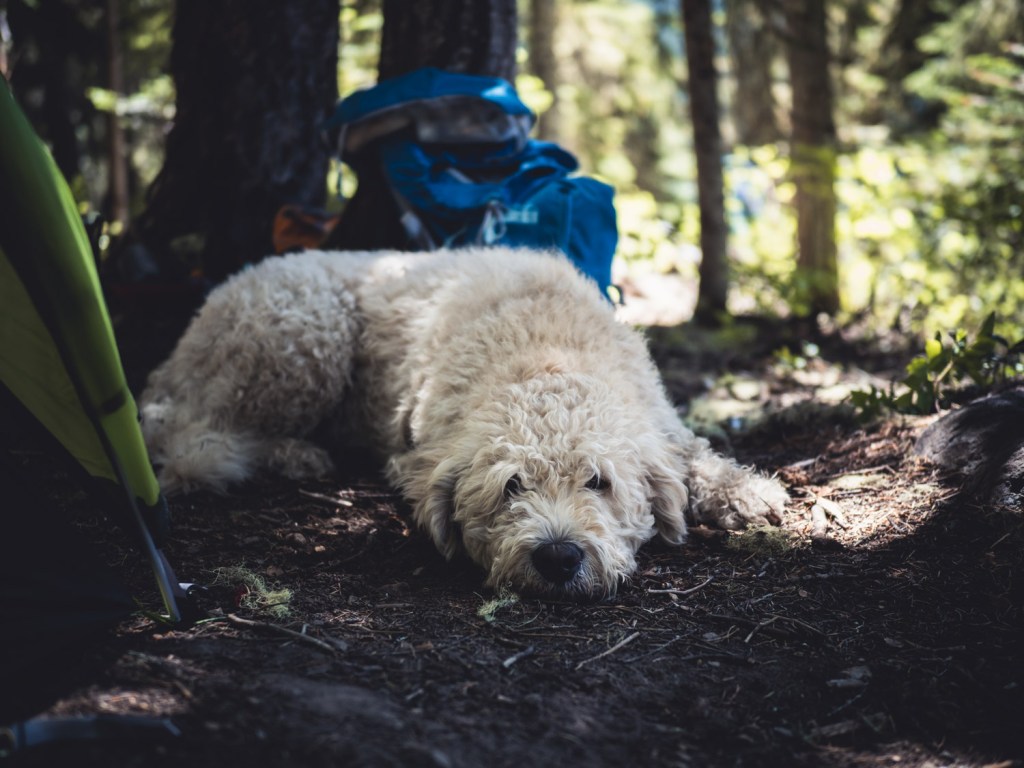
Bring an extra camp towel to wipe down muddy paws and bellies. If your dog has a longer coat, small scissors and a brush will help deal with trail debris. Always check between pads for thorns and irritating sticky stuff.
10. Keep food out of reach

Wild animals aren’t the only critters that are interested in your food. Your tasty trail snacks are just as appealing to your pup as they are to you. Make sure to keep food in a place where your hungry canine can’t help herself to a feast.
11. Make a cable line for camp

Most dogs instinctively explore their surroundings when they sense you’re staying put for the night. Make sure they don’t wander far by rigging up a cable line—this allows them to have some space to roam without leaving camp. Tie a static line to two trees and use a carabiner to connect your dog’s leash.
12. Bring a “dog bed”
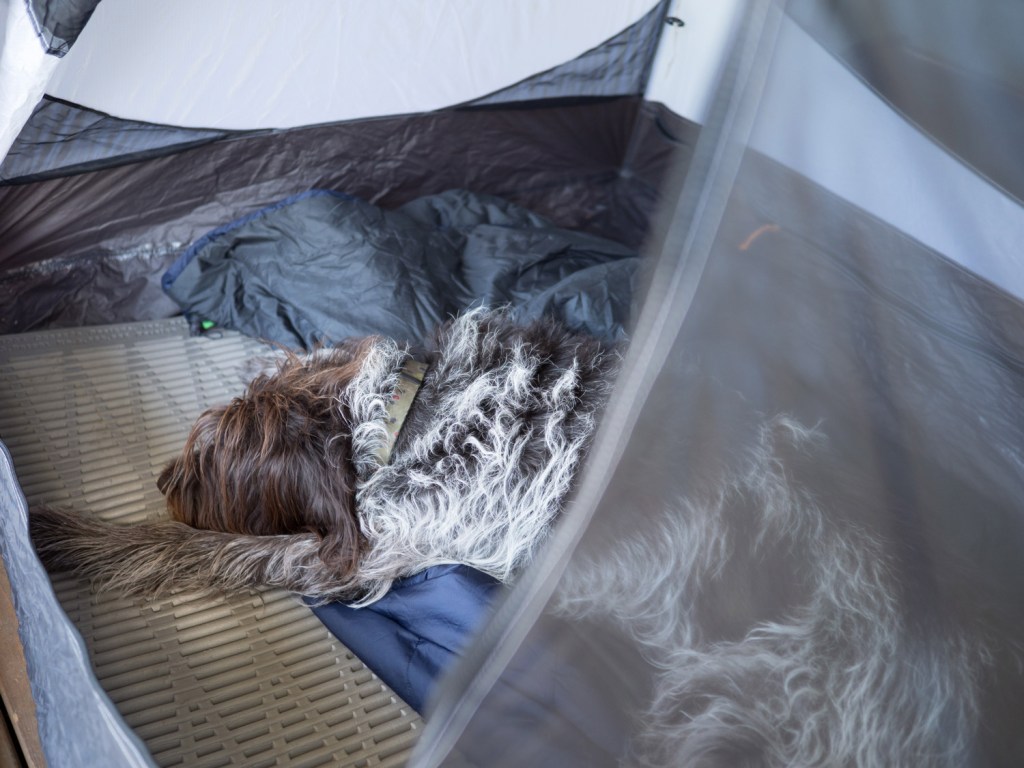
You don’t want to sleep on the hard ground after a long day on trail, and neither does your dog. Old foam sleeping pads cut to size make great camp dog beds, and serve the extra purpose of protecting your tent floor from your pup’s feet. Bringing something that smells like home, like a small blanket or stuffed toy, can also help your dog feel more comfortable.
12. Doggy first aid

Pack a first-aid kit tailored to your canine companion. Many things work for both people and pups, like gauze or tweezers to remove ticks. But you should also pack items like superglue to patch torn pads, EMT gel that seals wounds and promotes healing, vet wrap, a dog-safe antihistamine in case they get stung by something, and Gas-X for bloat (particularly important for barrel-chested dogs). Always check with your vet about dosage, and if you want you can ask about canine-specific pain meds.
If you’re ready to turn your bestie into a backpacking pooch, check out some of our favorite dog gear, and some of the country’s best canine-friendly trails.
Want even more tips for backpacking with dogs? We’ve got ’em. Check out our favorite gear for hiking with dogs./learn/expert-advice/best-hiking-gear-for-dogs.html
